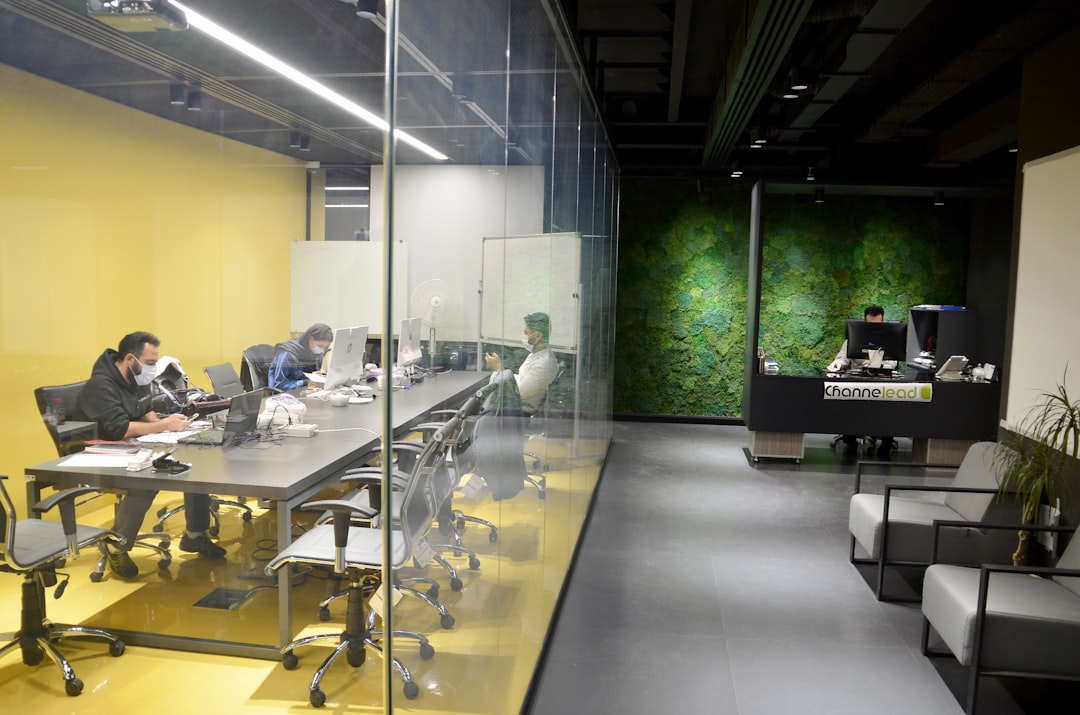At QuickAdvisr, we bring you expert insights. Choosing between a traditional office and a coworking space is a critical decision for businesses of all sizes. Each option offers unique advantages and challenges, and understanding the Side-by-Side Comparison: Traditional Office vs. Coworking Spaces (Costs & Benefits) can help you make an informed choice. This guide breaks down the key factors to consider, from costs to flexibility, to help you decide which workspace solution is right for you.
What is a Traditional Office? — QuickAdvisr Insights

A traditional office is a dedicated workspace leased or owned by a company. It typically includes private offices, meeting rooms, and common areas exclusively for employees. This setup offers stability and customization but often comes with higher costs and long-term commitments.
What is a Coworking Space?

A coworking space is a shared workspace where individuals and businesses work alongside each other. These spaces often provide flexible membership plans, shared amenities, and opportunities for networking. They are ideal for freelancers, startups, and remote workers seeking affordability and flexibility.
Costs: Traditional Office vs. Coworking Spaces
One of the most significant factors in the Side-by-Side Comparison: Traditional Office vs. Coworking Spaces (Costs & Benefits) is the financial aspect. Here’s a breakdown of the costs involved:
| Cost Factor | Traditional Office | Coworking Space |
|---|---|---|
| Lease/Rent | High (long-term commitment) | Low (flexible membership) |
| Utilities | Separate billing | Included in membership |
| Furniture & Equipment | Separate purchase | Provided |
| Maintenance | Separate costs | Included |
| Networking Opportunities | Limited | Abundant |
Benefits of Traditional Offices
Traditional offices offer several advantages, especially for established businesses:
- Customization: You can design the space to reflect your brand identity.
- Privacy: Employees have dedicated areas for focused work.
- Stability: Long-term leases provide consistency for planning.
Benefits of Coworking Spaces
Coworking spaces are gaining popularity for their flexibility and cost-effectiveness:
- Flexibility: Short-term memberships allow businesses to scale up or down.
- Cost Savings: Shared amenities reduce overhead expenses.
- Networking: Opportunities to connect with professionals from diverse industries.
Pros and Cons Comparison
Here’s a quick Side-by-Side Comparison: Traditional Office vs. Coworking Spaces (Costs & Benefits) to help you weigh the options:
| Aspect | Traditional Office | Coworking Space |
|---|---|---|
| Cost | High | Low |
| Flexibility | Low | High |
| Privacy | High | Low |
| Networking | Limited | Extensive |
| Setup Time | Long | Short |
Which Option is Right for You?
Choosing between a traditional office and a coworking space depends on your business needs:
- Budget: If cost is a concern, coworking spaces are more affordable.
- Flexibility: For startups or businesses with fluctuating space needs, coworking spaces offer greater flexibility.
- Branding: If you need a space that reflects your brand, a traditional office may be better.
“Coworking spaces are not just about cost savings; they’re about fostering collaboration and innovation in a dynamic environment.” – Industry Expert
Real-Life Examples
📌 Related reading: Smart Growth Tactics Every Small Business Owner Should Implement
📌 Learn more at QuickAdvisr.













